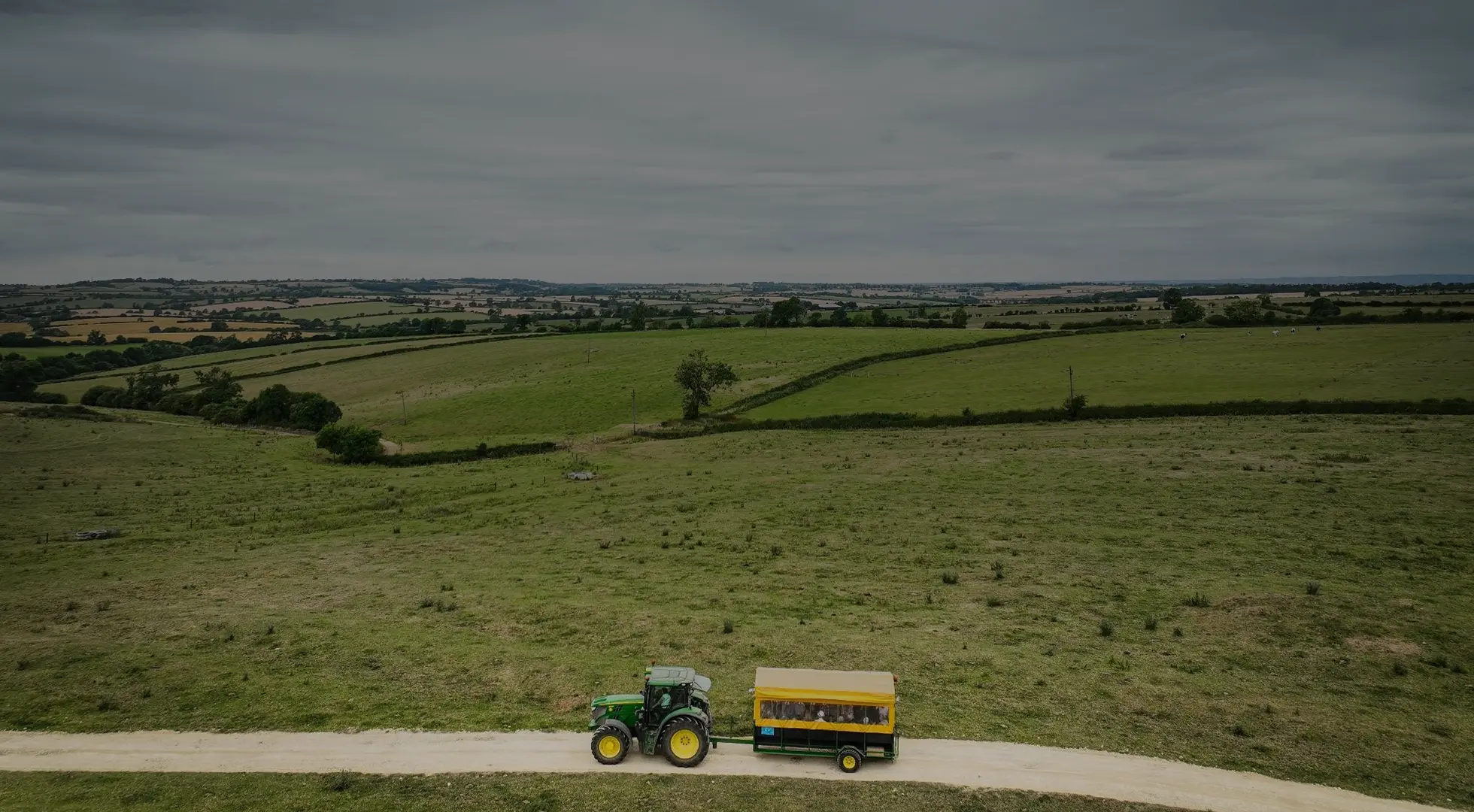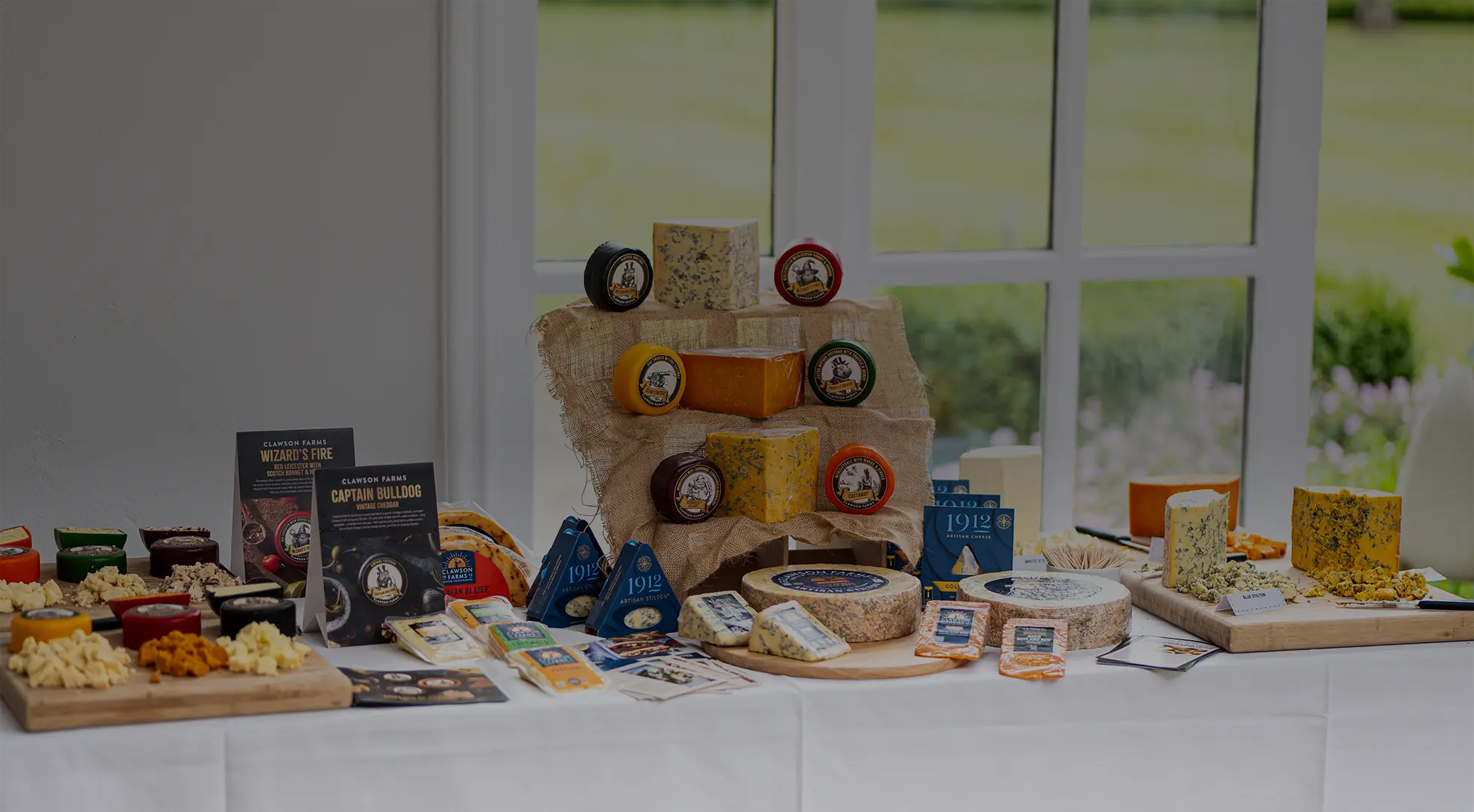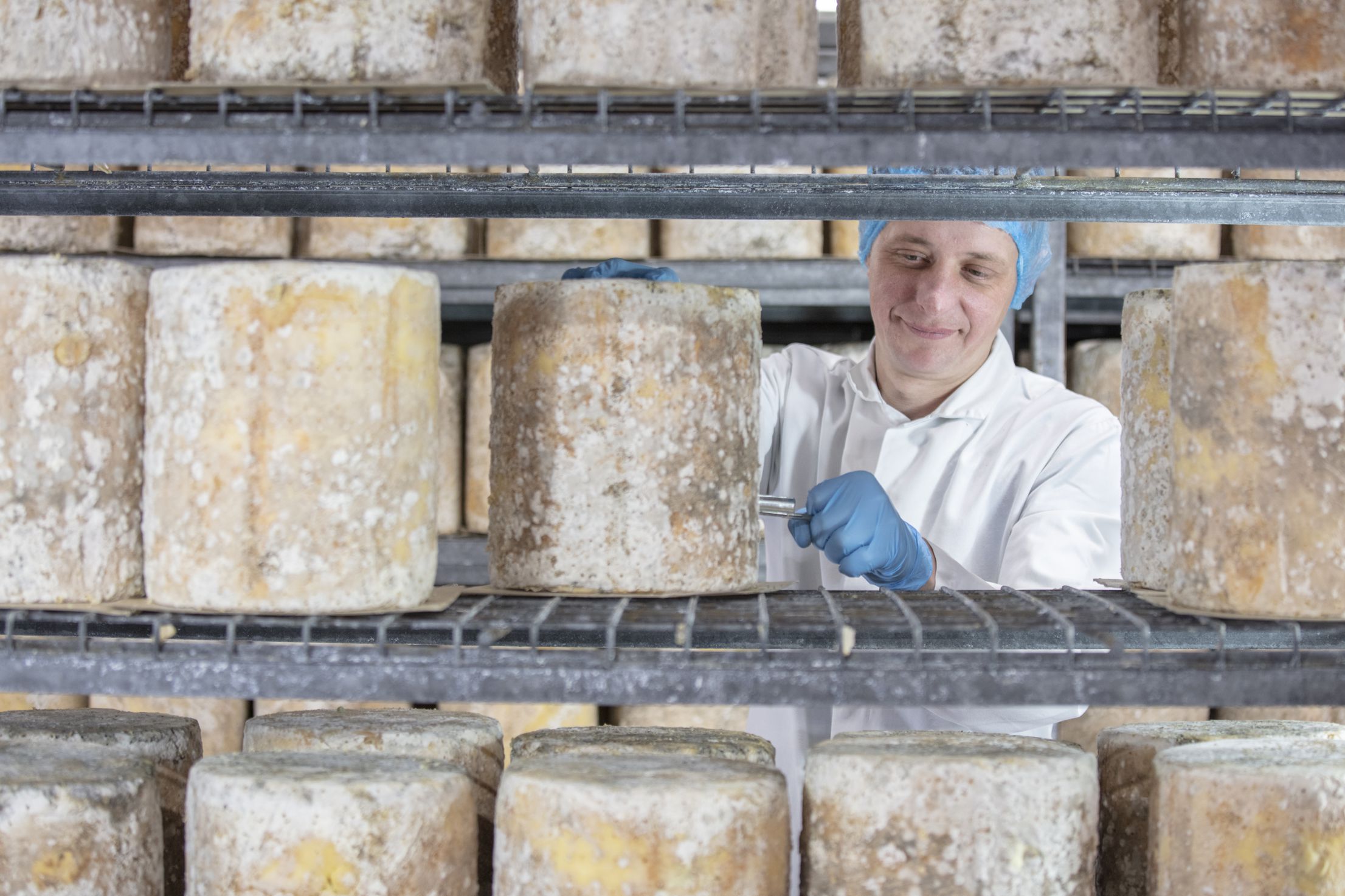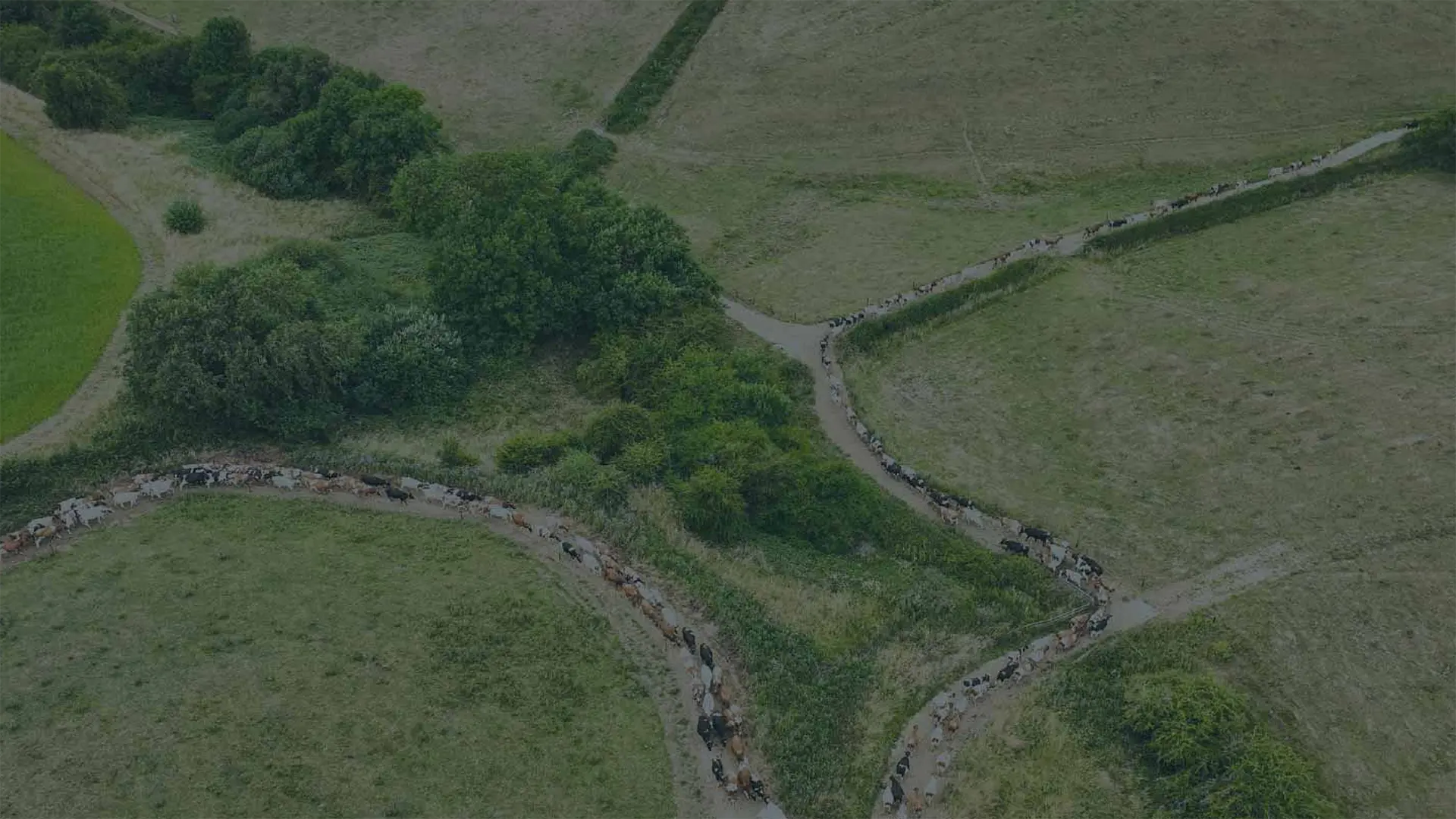
About Us
The Clawson Farms Story

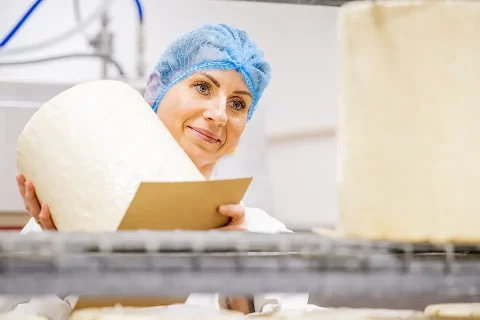

The Clawson Farm Story
With more than a century of cheesemaking behind us, the team at Clawson Farms has a keen eye on the past, and our wonderful traditions. We’ll never forget where we’ve come from, what we’ve learnt, and why our heritage matters. But we also never stand still. The business is continually investing and innovating, building on the already high standards of farming and sustainability we’ve achieved along the way.
Our History

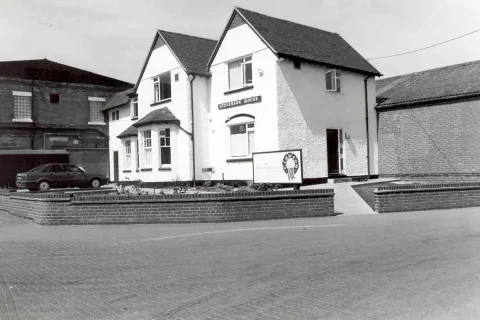

1910s
Cheese making begins in Long Clawson
Cheesemaking was a necessity in times gone by. A method used by families in rural areas (who would often keep a cow or two) to preserve excess milk…in the most delicious way.
Working with his sisters in their home dairy at Mount Pleasant Farm near Melton Mowbray, Thomas Hoe Stevenson felt the delectably creamy Stilton cheese they were making was so special it deserved wider attention.
He set his sights upon building a proper dairy, and in 1912, along with founding 11 partner members, invested in The Royal Oak in Long Clawson village, building the foundations of a business that has continued to inspire generations of Clawson Farms cheesemakers and farmers.

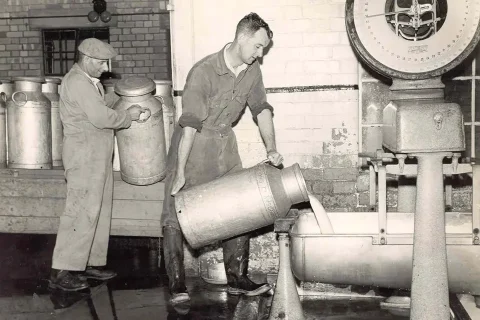

1920s
Clawson Farms remains independent
The farmer-owned co-operative bravely opted to remain independent during this period, despite industry pressures. The dairy upgraded, installing a phone and electric generator in the office, and the team sold a full season’s capacity of cheese in 1929.

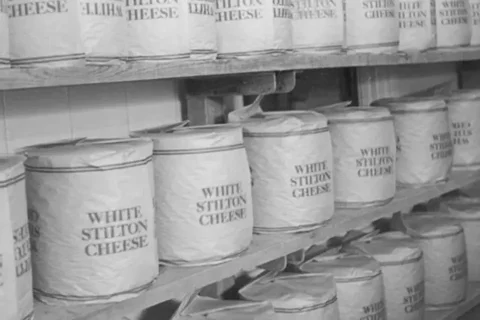

1930s
The Stilton Cheese makers’ Association is established
To protect the future of its precious, craft made Blue Stilton, Clawson Farms became part of a movement to establish the Stilton Cheesemakers’ Association (SCMA) in 1936, lobbying for regulation around its origin and quality.

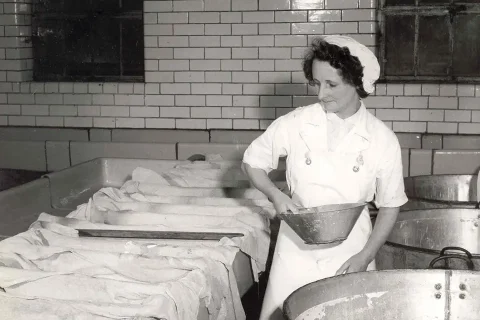

1940s
Stilton production stops…for a while
Clawson Farms was shockingly told to stop producing Stilton in 1939, with Cheddar selected as the cheese for rationing during World War Two. Thinking on their feet, those in charge swiftly pivoted, investing in new equipment and technology to convert to Cheddar making. It would be nearly a decade before Stilton was allowed to be made again.

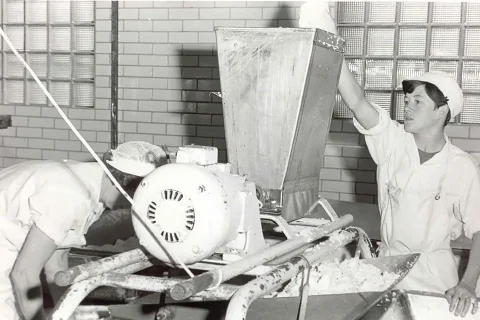

1950s
Stilton cheese is back in fashion
The end of rationing. Hooray! Technicolour returned to the British food scene, with households becoming more adventurous, and rediscovering the tastes they loved and missed during wartime. Stilton was in hot demand. And the awards began rolling in, with Clawson Farms’s Blue Stilton winning the Perpetual Challenge Cup for Best Stilton at the London Dairy Show in 1953.

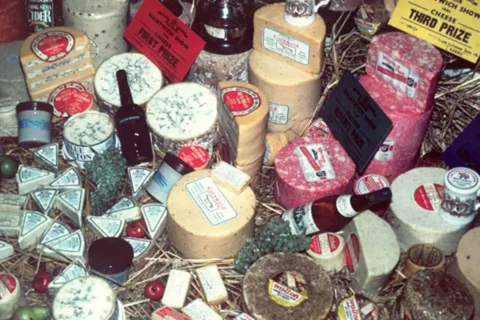

1960s
Blue Stilton certification trademark is granted
Much to the delight of dinner party hosts across the nation, the dairy began to experiment with blended and flavoured cheeses, bringing what would have been very exciting tastes to the table in the Swinging Sixties. Inventions included Cotswold, Huntsman, and various premium fruit-studded White Stiltons, which remain just as popular today.
In industry news, the SCMA gained legal protection for Blue Stilton via a certification trademark.

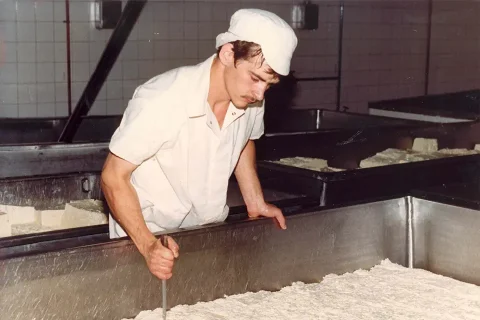

1970s
Demand for English cheeses is on the up
Clawson Farms invested in further innovation within the blended cheese market, making a number of products which would become household favourites. We’re based in the heart of the rural community, and the production of these new cheeses provided jobs to many local people.

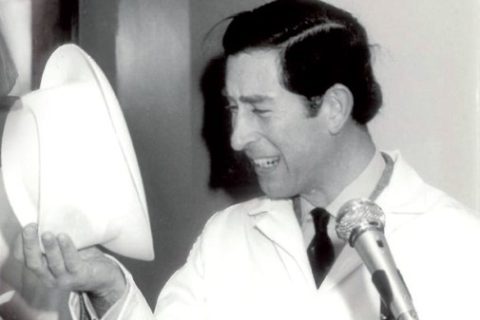

1980s
Prince Charles visits
Cheese production went from strength-to-strength during this period, with King Charles (then the Prince of Wales) visiting the dairy in 1985.

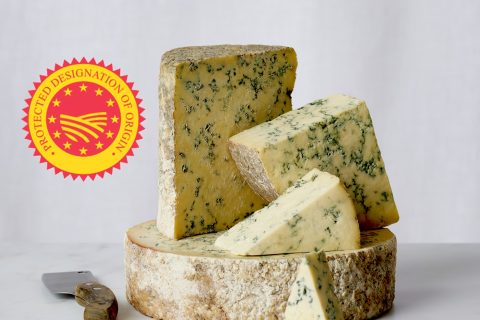

1990s
Stilton awarded PDO status
Blue Stilton became the first British cheese to gain PDO (Protected Designated Origin) status in 1996 thanks to the tireless efforts of the SCMA.
True Blue Stilton can legally only be produced in Leicestershire, Derbyshire and Nottinghamshire to strictly controlled methods.

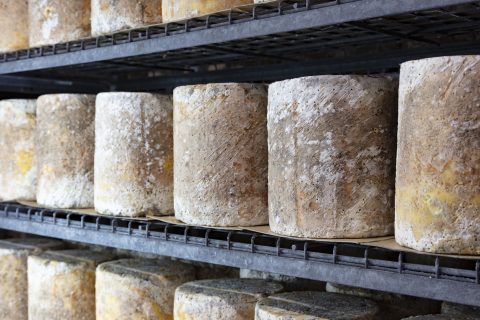

2000s
Clawson Farms invests for the future
Consistency is what sets artisan British cheese apart. To maintain the premium quality of our cheese, we reached a significant milestone in 2003, installing another vat within our dairy. By 2010, Clawson Farms were positioned as a market leader in fine British cheese.

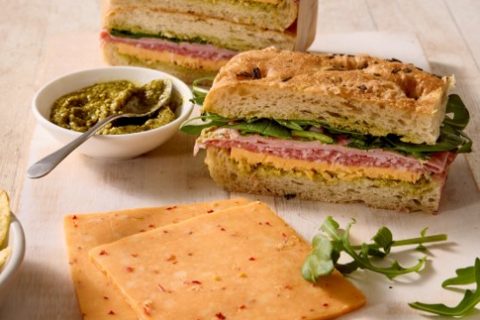

2020s
Innovation of new product formats
Our innovation team and cheesemakers introduced new formats and advanced cheese-cutting technology. The ability to produce premium quality cheese slices, and to cut more varied sizes, increased versatility. This allowed Clawson Farms to cater to the changing and diverse needs of consumers, giving them new and exciting ways to enjoy our award-winning products beyond the cheeseboard.

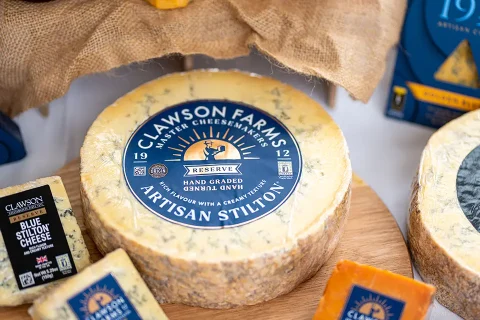

Present
A new look
Clawson Farms has undergone a brand refresh, updating packaging and labels to celebrate the evolution of our modern dairy, while giving a nod to our history as one of Britain’s leading artisan cheesemakers.
Our values, of provenance, sustainability, welfare, community and quality, have been at the core of these changes every step of the way. We’re on a mission to help customers discover the deliciously diverse world of cheese, while inspiring a whole new generation of food lovers to appreciate the versatility and beauty of PDO Blue Stilton.

